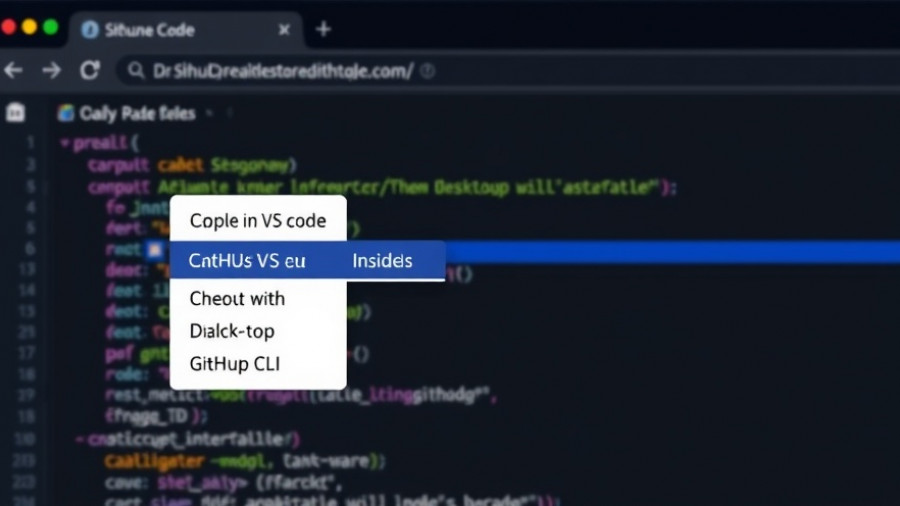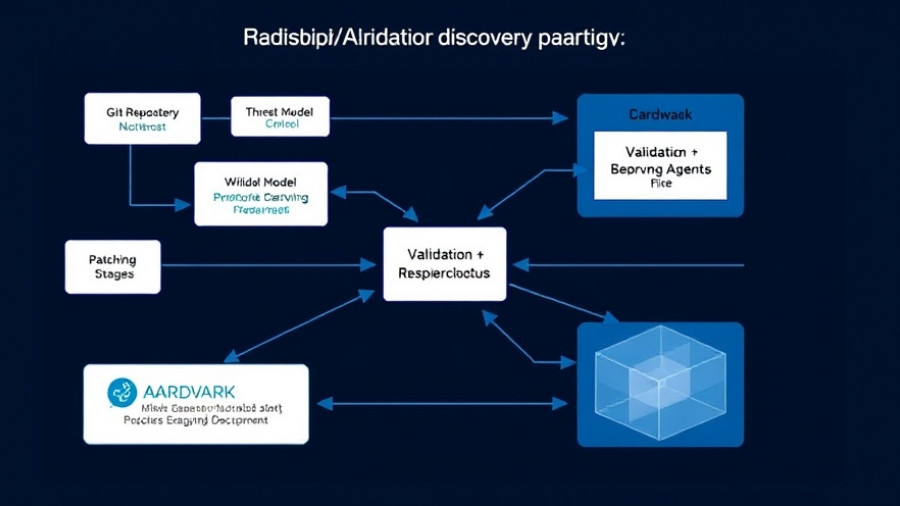
Understanding the Rise of AI Agents in the Workplace
As companies adopt new AI tools, it has become evident that AI agents are transforming the workplace landscape. These systems promise to enhance productivity by automating repetitive tasks, but the integration is not without challenges. Recent surveys reveal mixed sentiments among employees regarding AI's role in their work lives. A significant point of concern is trust; while many express growing comfort with AI agents, they remain wary of handing over critical decision-making abilities to them.
The Discrepancy in Trust Towards AI Agents
According to a recent survey conducted by Workday involving nearly 3,000 business leaders worldwide, a notable 75% of respondents feel comfortable collaborating with AI agents. However, only 30% are willing to receive instructions from these systems, and even fewer—just 24%—support AI operating autonomously without direct human oversight. This disconnect highlights a prevailing skepticism among employees, particularly pertaining to sensitive roles like hiring or legal tasks. As employees gain more direct experience interacting with agents, their trust seems to increase, but they still hesitate when it comes to high-stakes responsibilities.
Catalyst for Employee Burnout?
The benefits of utilizing AI agents are clear, but there are also identified drawbacks, particularly concerning employee wellness. A major finding from the survey indicates that while 90% believe AI agents can enhance productivity, numerous workers fear continuous reliance on these technologies could lead to heightened expectations from management, ultimately resulting in increased stress and burnout. This paradox calls for a deeper consideration of how we balance the desire for efficiency with the need for human-centric workplaces.
The Employee Perspective: Fears and Receptivity
Despite the potential advantages, the uptake of AI agents within organizations has revealed a divide depending on the nature of the work performed. Employees readily trust AI to manage less sensitive tasks such as upskilling. In stark contrast, when it comes to vital operations like hiring or strategizing, their confidence diminishes. This dualism suggests that while there is enthusiasm for AI within certain contexts, considerable caution persists regarding its broader implications.
AI Agents: The Benefits and Risks
The rapid embrace of AI agents has been rebound by their intended benefits - increased efficiency and the ability to handle mundane tasks, allowing human employees to dedicate their focus to more complex problems. Nevertheless, businesses face the challenge of managing the perceived risks associated with automation reliance. Employees' fears about eroded critical thinking abilities and reduced human interaction reflect a need for companies to cultivate an organizational culture where employees feel empowered rather than replaced.
Future Implications of AI on Workplace Norms
With growing AI adoption, there is mounting pressure on businesses to integrate these technologies thoughtfully. As research evolves and the AI landscape develops, businesses must focus on building trust with employees while fostering transparency about how AI systems operate. In doing so, organizations can leverage the advantages of AI agents while maintaining a healthy workplace that values both technological advancement and human connection.
Take Action: How Businesses Can Embrace AI Responsibly
It's vital for organizations to take a proactive approach to integrate AI agents into their workflows. Companies should emphasize open dialogue regarding AI capabilities and limitations, fostering an ethos where employees feel heard and valued. This collaborative environment can mitigate fears surrounding AI integration, allowing for a more seamless transition into a workplace where AI acts as a supportive partner rather than a replacement.
 Add Row
Add Row  Add
Add 




Write A Comment